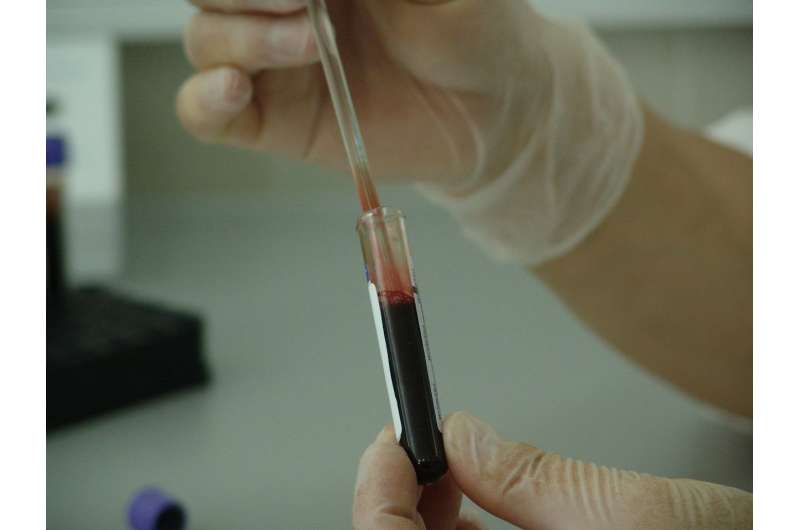Innovative Dual-Laser Photothermal Therapy Enhances Breast Cancer Treatment While Minimizing Healthy Tissue Damage

A new dual-laser photothermal therapy strategy enhances breast cancer treatment by increasing tumor ablation efficiency while reducing damage to healthy tissues, promising advances in precision oncological therapies.
Breast cancer remains the most common malignancy affecting women worldwide. Recent advances in phototheranostics—an integrated approach combining light-based detection and treatment—have opened new avenues for precision cancer therapy. Among these, photothermal therapy (PTT) has garnered significant interest due to its capability to convert light into localized heat, selectively targeting tumor tissues. However, traditional PTT faces obstacles such as overheating risks and collateral damage to healthy tissues, limiting its clinical utility.
A groundbreaking study published in Proceedings of the National Academy of Sciences introduces a dual-laser PTT (DLPTT) strategy that aims to overcome these challenges. Led by researchers from the Chinese Academy of Sciences, with collaborations from Korea University, the University of Texas at Austin, and Nanjing University of Posts and Telecommunications, this approach employs near-infrared photothermal agents exhibiting aggregation-induced emission properties.
The DLPTT process involves two sequential laser treatments: a short-duration, 808 nm laser irradiation heats the tumor to approximately 50 °C for two minutes, inducing DNA damage and suppressing heat shock protein (HSP70) expression, which often contributes to tumor resistance. The second stage uses a 1064 nm laser for 13 minutes at around 43 °C, effectively ablating residual cancer cells with minimal inflammatory response. This two-step protocol not only enhances tumor destruction but also spares surrounding healthy tissue.
To support precise targeting, the strategy incorporates second near-infrared (NIR-II) fluorescence imaging and photoacoustic imaging technologies. These tools facilitate deeper tissue penetration and higher signal-to-noise ratios, allowing for accurate visualization and localization of tumors. Tested in 4T1 breast cancer mouse models, DLPTT demonstrated significant inhibition of tumor growth with minimal side effects, as evidenced by stable body weights and low levels of inflammatory cytokines.
In addition, in vivo biosafety assessments confirmed the treatment’s high efficacy and low toxicity, paving the way for potential clinical translation. The combination of advanced imaging guidance with the dual-laser approach marks a substantial step forward in cancer phototherapy. Future research aims to integrate immunotherapy strategies, which could further address tumor metastasis and prevent recurrence.
This innovative strategy underscores the potential of combining targeted, minimally invasive treatments with state-of-the-art imaging technologies to improve cancer care outcomes.
Stay Updated with Mia's Feed
Get the latest health & wellness insights delivered straight to your inbox.
Related Articles
New Advanced Tool Offers More Accurate Prediction of Cardiovascular Disease Risk
A new risk prediction model by the American Heart Association offers more accurate and equitable assessment of cardiovascular disease risk across diverse populations, enhancing preventive healthcare strategies.
New Study Reveals Elevated Rates and Key Risk Factors for Non-Fatal Opioid Overdoses
A groundbreaking study reveals rising rates of non-fatal opioid overdoses and identifies key risk factors such as mental health issues and socioeconomic challenges, emphasizing the need for improved intervention strategies.
Early Blood Tests in the First Trimester Enhance Prediction of Gestational Diabetes
A groundbreaking study from Singapore reveals that a simple first-trimester blood test measuring specific biomarkers can accurately predict the risk of gestational diabetes, enabling earlier interventions and improved maternal health outcomes.



